I have earlier discussed at length about the civil liability convention. If you want to know about fund convention, I would strongly recommend reading the civil liability convention first as both are connected.
Here are few of the points to recap about civil liability convention.
- CLC applies to the pollution incidents of persistent oils.
- Leaving few exceptions, it is ship owner who needs to pay for the damages resulting from the oil pollution incidents
- The maximum liability of the ship owner in any one pollution incident would be limited to 4,510,000 SDR for the vessel up to 5000 GRT. For vessels more than 5000 GRT, maximum liability would be SDR 631 per addition GRT. Maximum liability, in any case, will not be more than SDR 89,770,000.
- All ships that carry more than 2000 T of oil as cargo need to maintain insurance equal to the ship owner’s liability as per CLC 92.
Let us come straight to the point. If we have the CLC convention then what is the need of fund convention?
1. Why Fund convention ?
Now let me tell you a story (I always like stories !!!).
There is a loaded oil tanker of 5000 GRT and it gets aground. The oil spilled into the water because of this grounding. The estimate of the damages because of this oil spills are more than 10 million SDR.
We all know that ship owner need to pay as per CLC convention. But as per CLC convention, his liability is limited to 4.51 Million SDR.
So who would pay for rest of the 5.49 Million SDR? That should be a cause for concern, isn’t it?
When the CLC convention was being adopted at the IMO, this was one of the unanswered questions. It was later decided to create a centralized fund that would be used where the limits of CLC convention ends.
But who would contribute to this fund? After much of thought process, it was decided that the parties that are direct beneficiaries of the oil trade should contribute to this fund.
Exclusive Bonus: Download the Bullet point list on fund convention
The whole oil trade exists because there are parties who need oil. If no one requires oil from other corners of the world, there would be no ships transporting oil and thus no chance of any oil pollution.
So in the countries which would ratify the Fund Convention, the receivers of the oil in that country need to contribute to this fund.
2. Who needs to contribute to the fund?
Article 10 to Article 15 of the fund convention deals with the contribution part of the funds.
As per article 10 of the fund convention,
Annual contributions to the Fund shall be made in respect of each Contracting State by any person who, in the calendar year has received in total quantities exceeding 150,000 tons
The idea is to put the burden of contribution only on the big players.
But to not to fall in this category, a receiver can try to have many subsidiaries, each one receiving less than 150,000 tons of oil.
Fund convention takes care of this. As per fund convention, the quantity of oil received is total for the receiver and any person associated with it.
It is the responsibility of each contracting state to give the list of the receivers who received more than 150,000 tons of oil in the calendar year to the IOPC Fund. It is also their responsibility to provide the tons of oil received by each of these receivers.
This is because the contribution to the fund is based on the amount of oil received by the receivers.
3. How much each receiver need to contribute?
The fund maintains a fixed balance to deal with the oil pollution damage payments. Every year it takes into account the total expenditures and total incomes to assess if any contribution is required for that year.
The expenses from the IOPC Fund may include
- Administration expenses like salaries of employees of IOPC Fund
- Payments made to cover the oil pollution damages that comes under IOPC Fund
The incomes to the IOPC Fund may include
- The interest received from the surplus funds
- Annual contribution from the members
So let us see this with an example.
After reviewing the expenditures and incomes, it is decided that USD 40 Million is required to be contributed to the fund. Let us say there are 100 receivers in all the contracting states who received more than 150,000 T of oil in the year. Total tons of oil received by all these 100 receivers is 500 Millions tons.
Let us assume, I am one of them (It feels so good to assume this !!!). I received a total of 200,000 T of oil in that year. How much I need to contribute?
Money contribution required per ton of oil is USD 0.08 (40 / 500).
Each receiver will need to contribute 0.08 USD for each ton of oil received. So I for one need to contribute USD 16000 (200,000 x 0.08) towards the fund.
4. Applicability of the fund convention
Fund convention is not a stand alone convention. It is connected to the CLC convention. Countries who have ratified the CLC convention only become eligible to ratify the Fund Convention.
Scope of application for fund convention is same as CLC convention, which is
- oil pollution damage resulting from spills of persistent oil from tankers
- pollution damage suffered in the territory, territorial sea or exclusive economic zone (EEZ) or equivalent area of a State Party to the Convention
Apart from this, while compensating or the pollution damage, there are three situations when money from the fund may be paid.
i. When state receives no compensation as per CLC convention
Under CLC convention, I discussed 3 such instances when shipowner would pay nothing.
Out of these three instances, pollution damage resulted from an act of war is not covered by the fund convention. It is a simple (& logical) way of saying that if you are at war with another country, why should we pay you for any damage?
But consider the other two instances. For example, Let us say the pollution was caused by deliberate intent of a third party.
Ship owner is exempted from paying for the pollution damages under CLC convention. The third party may not be legally bound to pay for the damages. Or even if it was, he may not be financially capable of paying for all the damages.
In this case, who would pay for the damages? Yes, the answer is the fund created as per fund convention.
ii. When ship owner is incapable of paying for the damages under CLC convention
CLC convention requires that the ship owner whose ships carry more than 2000 T of oil as cargo need to maintain insurance equal to their liability in case of pollution damage from their ship.
This means that a ship which carries less than 2000 T of oil as cargo need not maintain any insurance for oil pollution damages.
Now say one of these ships carrying 1900 T of oil gets aground and this oil is spilled into the water.
Ship owner still has the liability to pay for the damages. But let us say, the ship owner has only one ship and he declares bankruptcy. Who would pay for the damages resulted from this pollution?
Again the answer is the fund created as per fund convention.
iii. When damages are more than the ship owner’s liability as per CLC convention
Liability of the ship owners under CLC convention is a strict liability. By strict liability, it means that there are very few exemptions for the ship owners in case of pollution incident resulting from their ships.
CLC convention limits the maximum liability of the ship owner. But what if the damages are far more than the ship owner’s liability as per CLC convention.
Who would pay the additional amount to cover the damages? Again the answer is the fund created as per fund convention.
5. Maximum amount of compensation allowed from IOPC Fund
As per fund convention, the maximum compensation that can be paid for the damages from a single incident is 203 million SDR.
This compensation will be 300.74 million SDR in the year when there are three contracting states whose combined quantity of the oil received is equal to or more than 600 million ton.
So in terms of the amount of oil received, if the top three contracting States have received more than 600 million tons for a year, in that year the maximum compensation will be 300.74 million SDR. If not then for that year it would be 203 million SDR.
This compensation amount includes the compensation paid by the ship owner as per the CLC convention. So if the damages because of a pollution incident from a ship of 5000 GRT were estimated to be 10 million SDR, then
- 4.51 Million SDR would be paid by ship owner as per CLC convention
- Remaining 5.49 million SDR would be paid from IOPC fund as per fund convention
6. Functions of IOPC Fund
The fund maintained as per fund convention is called “International oil pollution compensation funds” or IOPC Fund.
Although the fund convention was developed by the IMO, IOPC is completely independent of the IMO and the UN framework.
IOPC fund has its own Governing body (Assembly), Oversight bodies (Auditors) and Secretariat and does not have anything to do with the IMO for its functioning.
The governing bodies meet two to three times in a year at the IMO headquarters in London.
One of the main function of IOPC Fund is to provide compensation to the contracting states who is the victim of an oil pollution incident and where CLC compensation is not enough.
Another function of the IOPC Fund is to collect the contribution from each contracting States or its receivers.
7. 2003 Protocol to the fund convention (Supplementary Fund)
In 2003 a protocol to the fund convention was adopted. The protocol was to create a supplementary fund in addition to the fund convention. The purpose of the Supplementary Fund was to create a third tier of compensation for the pollution incidents where even the compensation under CLC and Fund Convention were not sufficient.
Though this was a protocol to a convention and not a stand-alone convention, a different supplementary fund was created which was optional for the member states who have ratified the fund convention.
Most of the factors for the supplementary fund are same as that of the fund convention. For example, the Supplementary Fund is also applicable in the pollution incidents in the territorial waters and EEZ.
8. Who contributes to the supplementary fund
The answer is, same parties who contribute to the fund required as per fund convention. That is the receivers in the contracting states that receives at least 150,000 T of oil in one calendar year.
But there is one more condition for contribution to the supplementary fund. For a contracting state to qualify for contribution towards the supplementary fund, the total oil received in the contracting state should be 1 million ton or more.
The supplementary IOPC Fund is financed by the same method as IOPC Fund. Annual contributions are made by the contracting states (which has received 1 million ton of oil or more in the year).
The contracting state must pay a part of this contribution by 01st of March. The remaining amount is only paid if it is required. That is if there is a claim to settle. This system of “deferred payment” is same what is used for the IOPC Fund.
Fortunately, there has not been any incident where compensation was required to be paid from the supplementary fund. This means that till now no contracting state has paid the contribution towards the supplementary fund.
But the contracting states still need to pay for the administrative expenses of the supplementary fund. Like I said earlier, only contracting states that received more than 1 million ton or more of the oil in the year would pay for these expenses.
9. Amount of compensation as per supplementary fund
As per the supplementary fund, the maximum compensation (including as per CLC and Fund Convention) for one incident can be no more than 750 million SDR.
10. Functions of Supplementary Fund
Though the supplementary fund is the part of fund convention, it is managed by different setup. The supplementary fund has its own Assembly. But it is administered by the 1992 fund secretariat.
The functions of the supplementary fund are same. That is to pay the compensation to the contracting state in case of a pollution incident where compensation as per CLC and Fund convention is not enough.
The other function of the supplementary fund is to collect the contributions of the contracting states.
Conclusion
The fund convention aims to have a fund whereby money is not a concern when handling and minimizing the damages of an oil pollution incidents.
The biggest damage that funds from the fund convention (& supplementary fund) can handle is 700 million SDR.
And the fact that there has not been an incident post fund convention requiring this much money may prove that compensation provided will be enough to handle any incident.
Share this:

About Capt Rajeev Jassal
Capt. Rajeev Jassal has sailed for over 24 years mainly on crude oil, product and chemical tankers. He holds MBA in shipping & Logistics degree from London. He has done extensive research on quantitatively measuring Safety culture onboard and safety climate ashore which he believes is the most important element for safer shipping.
Search Blog
49 Comments


High-quality blog posts! I am currently studying for the ICS PQE and your articles are very-very helpful, please continue your great work!

Thanks Elen.. All the best for ICS PQE.

excellent piece of information -made everything as clear as possible

Thanks Samuel..

Very very useful article....I found many of the very specific points that I was looking for a long long time.....Sir can you tell me where I can find the same article like this for Bunker convention & LLMC.?

I will try to cover those topics..

Sir kindly tell what proof does owner has that he has been covered by supplementary fund ?

Owners are not covered by Supplementary fund. Supplementary fund is a centralised fund which is contributed by the oil receivers of the countries that have ratified the fund convention.

Thank you sir, for clear explaination on fund and clc conventions

Glad you liked it Tapan..

Dear sir, nicely explained. if the claim is above 750 million SDR then who will pay? sir can u please explain what s the role of stopia and topia? thanking you

Excellent...very simplified explaination sir.

Thanks, Pravin...

Sir, in the CLC,IOPC , qualification requirements for contracting governments,...is there any thing specified that oil recieved must be persistent?....or it just an Oil.

Yes, it is oil received must be persistent oil. In these conventions, it is mentioned that "for the purpose of this convention, “Oil” means any persistent hydrocarbon mineral oil such as crude oil, fuel oil, heavy diesel oil and lubricating oil, whether carried on board a ship as cargo or in the bunkers of such a ship".

As per your statement 'Unlike funds maintained as per fund convention, supplementary fund does not collect and maintains the funds.It only collect the contributions when it needs to pay for any claims." But as per IOPC official website it says "Annual contributions to the Supplementary Fund are made on the same basis as contributions to the 1992 Fund. However, the contribution system for the Supplementary Fund differs from that of the 1992 Fund in that, for the purpose of paying contributions, at least 1 million tonnes of contributing oil are deemed to have been received each year in each Member State". Thus i think both Fund and Supplementary fund contribute annually and maintain funds.

Thanks Manil for correcting me. I have made the correction now.

hello sir, my quiestion is who will pay if the oil pollution occur in high sea?

In high seas oil pollution resulting to loss of life or loss of property will be paid as per intervention convention.

Bravo, thanks for the good work. I want to know where and where (Incidents) have these laws been applied

Nice article. Pls which country has benefited from the provisions of either Fund Convention or supplementary Fund Convention and how much was paid in each incident. Thank u

Very well explained. Easy to understand. Thanks sir. Please keep posting articles. Also post if you have unclos

Can IOPC fund give compensation before the compensation is paid by the tanker through P&I club?

Sir, can you please explain what is deffered call?

So in supplementary fund, compensation to be paid by whom contracting state or receiving companies of that state? Please clear

I have read most of your articles. Really different from everyone. You undarstand the mind of a learner and explains in a simple way understood by anyone. Keep posting again congrata

Asper DG shipping web site, india not ratified the CLC 1992 and fund convention 1992, India ratified only the CLC 1969 convention, now if indian flag vessel need to call france, which is party to the 1992 clc convention, who will issue the CLC certificate for the indian vessel as per clc 1992. or the vessel can call france with the clc 1969 certificate. kindly clarify.

If pollution occurs in territorial water and limits of CLC have been exhausted, who shall pay if the state is not party to the IOPC Fund?

No one pays .... the coastal state looses out . That is why is coastal states requires Benifit of additional compensation of fund convention they need to ratify it .....

Sir very very helpful notes is there .thanks a lot sir

Who will pay on high sea?

Excellent work ....really commandable

Nice article sir....but sir can u tell me if any certifactes are issued or maintained on board regarding fund and supplementry convention

fund convention is not mandatory and maximum liability on a shipowner for single incident is fixed as per CLC 92. However big the pollution incident takes place but liability of owner is fixed as per CLC 92. So why states go for fund convention when they have to pay extra permium for it (funded by oil recievers).

Very nice article sir....very nicely explained....Appreciate your efforts....gradually i am going through all articles...please upload article on LLMC convention, and Djibouti code. Thanking you

Very nice sir

Very Nicely explained sir. Please try to cover Bunker convention and HNS also in future.

One question about the Supplementary fund - is that fund entitled for non - tanker ships? eg. Bunker convention.

what is SDR?

special drawing rights........The currency value of the SDR is determined by summing the values in U.S. dollars, based on market exchange rates, of a basket of major currencies (the U.S. dollar, Euro, Japanese yen, pound sterling and the Chinese renminbi). The SDR currency value is calculated daily (except on IMF holidays or whenever the IMF is closed for business) and the valuation basket is reviewed and adjusted every five years.

what will happen if pollution happend due to non persistent oil

If oil pollution takes place in same contracting states for more times (ie .3 times). In such a case is there any limitation on Fund?

Good day sir, Who would pay if the expenses go beyond 750 M sdr. This question was asked to me during my cls 1 orals.

Good day sir,your blogs are very helpful. Thanks. Just wanted to confirm about FUND limits. As per IMO site, if oil rcvd by 3 contractions states is more than 600 mill tons then the Max amount is raised buy 200 million SDR. Pls share some explanation.

My ex-husband and I had always managed to stay friendly after our divorce in February 2017. But I always wanted to get back together with him, All it took was a visit to this spell casters website last December, because my dream was to start a new year with my husband, and live happily with him.. This spell caster requested a specific love spell for me and my husband, and I accepted it. And this powerful spell caster began to work his magic. And 48 hours after this spell caster worked for me, my husband called me back for us to be together again, and he was remorseful for all his wrong deeds. My spell is working because guess what: My “husband” is back and we are making preparations on how to go to court and withdraw our divorce papers ASAP. This is nothing short of a miracle. Thank you Dr Emu for your powerful spells. Words are not enough. Email emutemple@gmail.com Phone/WhatsApp +2347012841542.

if the pollution comes from a ship under the flag part of CLC 92 only and it is not worthy for sailing( no insurance, not comply with IMO conventions ) and the pollution reaches another country which is part of CLC 92 and Fund 92 . who shall pay the expenses

I want to genuinely thank Dr Ayoola for making my dream come through. I was on the internet when I saw people posting and talking about Dr Ayoola. On How he has help them in winning lottery. My name is Gerald Muswagon this is my story on how I win $10 million After reading the article about Dr Ayoola I contacted him I told him to help me win lottery he respond to me by saying he will help me after working with him he assured me that I will win. Which I believe. After working with Dr Ayoola he gave me a number and ask me to go and play it which I did today I’m here shearing a testimony about this same man Dr Ayoola help me to win $10 million dollars all thanks to you Dr I will keep taking about your good because you are a man of your word I hope people that really need this will come across it for you to help them as well. If you want to win big in lottery contact Dr Ayoola today and be rest assured of winning contact him via email drayoolasolutionhome@gmail. com or https://www.facebook.com/Dr-Ayoola-105640401516053/ text or call +14809032128
Leave Comment
More things to do on myseatime

MySeaTime Blogs
Learn the difficult concepts of sailing described in a easy and story-telling way. These detailed and well researched articles provides value reading for all ranks.

Seafarers Question Answers
Ask or answer a question on this forum. Knowledge dies if it remains in our head. Share your knowledge by writing answers to the question

MySeaTime Podcast
This podcast on the maritime matters will provide value to the listeners. Short, crisp and full of value. Stay tuned for this section.

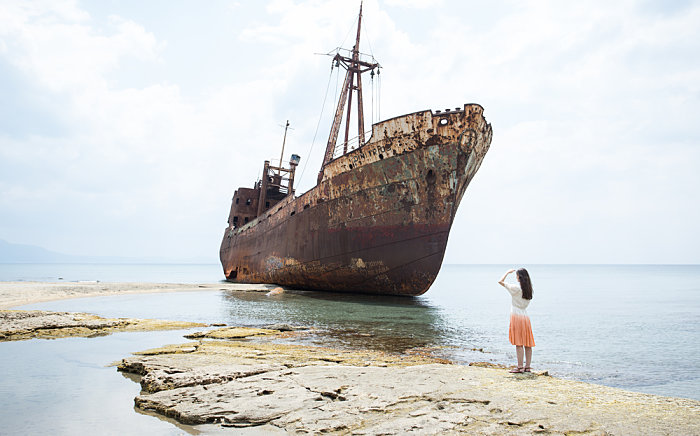
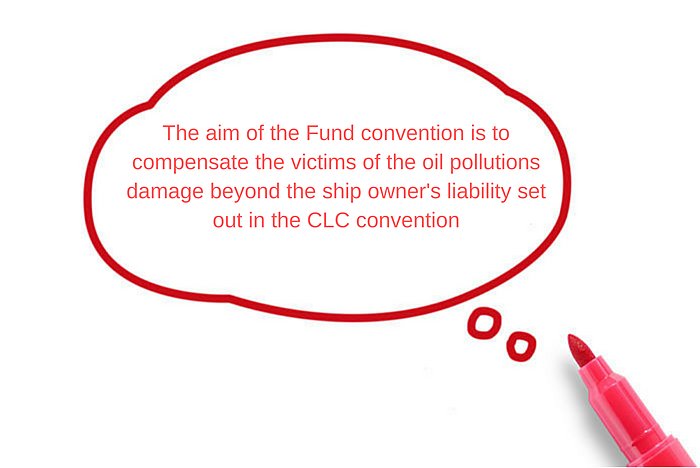
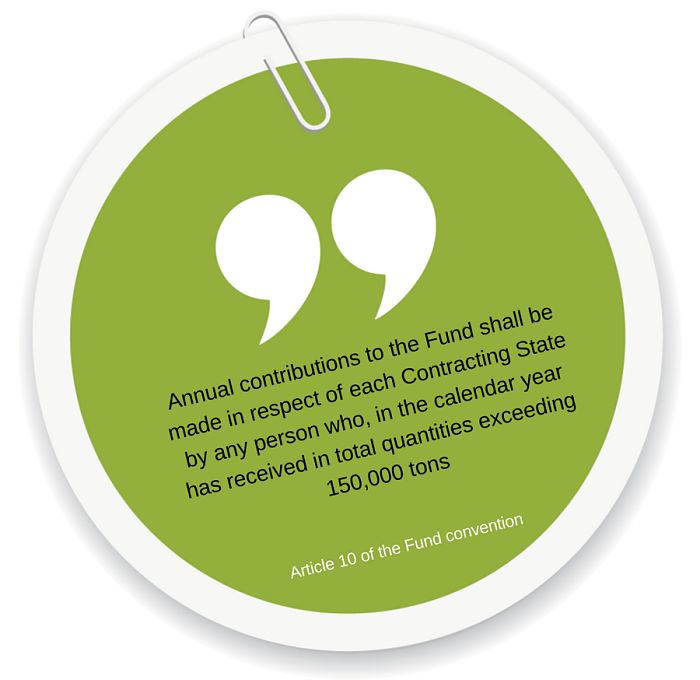
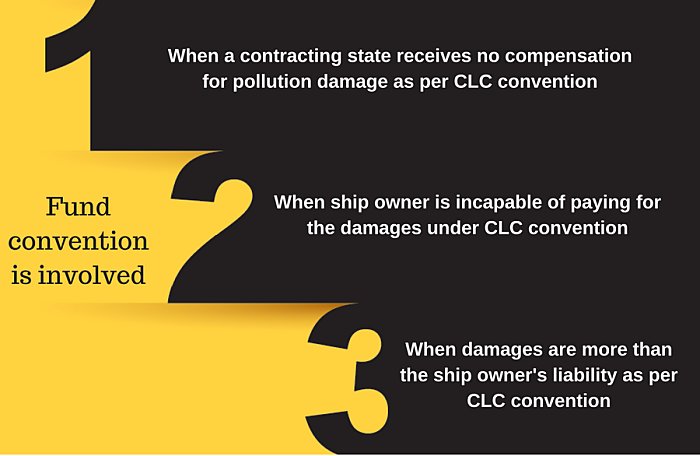
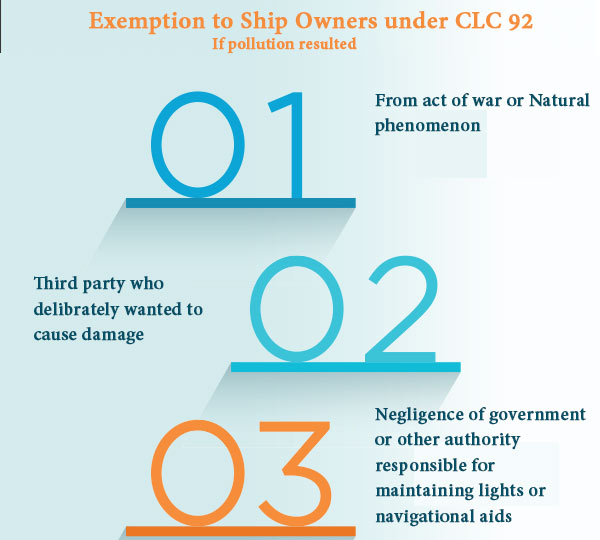
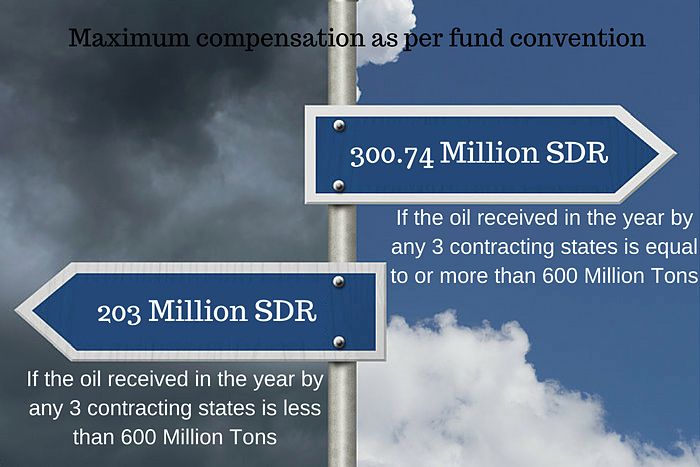
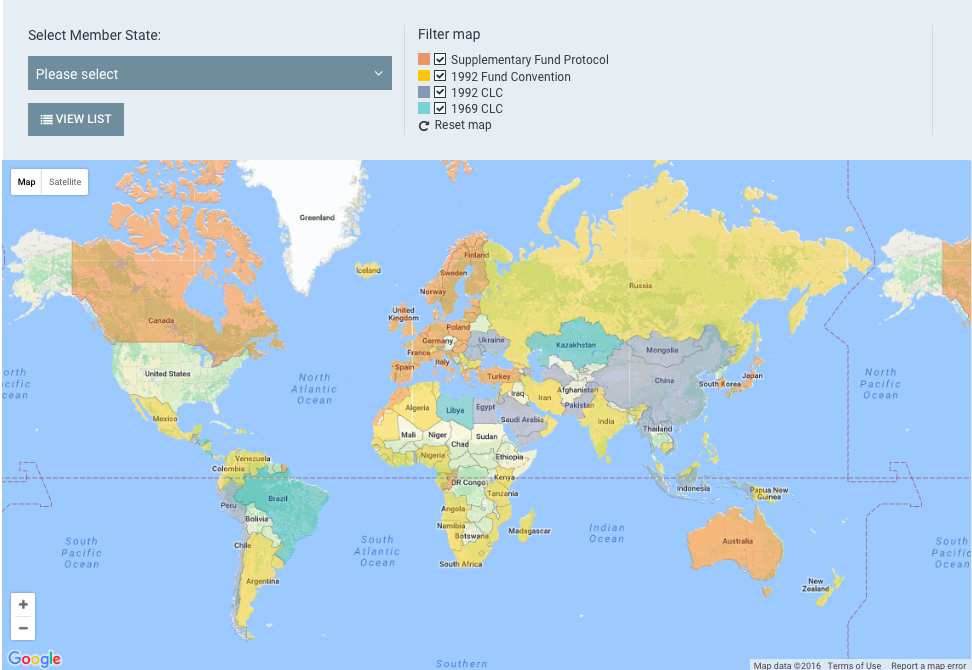
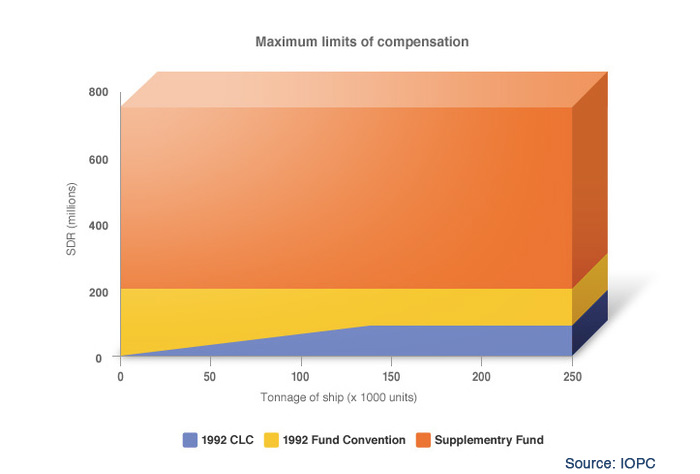
Nice article... Very well explained.
Glad you liked it Subodh..